Goalkeeper Gloves Technology

For 30 years, Stanno has specialised in making goalkeeper gloves. We develop our gloves in cooperation with goalkeepers from the Eredivisie, Keuken Kampioen Divisie and hundreds of thousands of goalkeepers on the amateur fields. As a result, we know exactly what a goalkeeper needs to perform and be confident in goal.
Professional quality for a good price is our priority. Our goalkeeper gloves are distinguished by QUALITY, GRIP, FIT and SERVICE LIFE.
But what suits you? The difference may not be clearly recognisable due to the different types of foam, fits and sizes. That's why we want to help you find the right goalkeeper gloves.
- Which fit is best for me?
- What types of foam are there?
- What are the foam properties?
- Foam ratings
- Possible additions for gloves
What are the different fits and which are the best?
Many people wonder how goalkeeper gloves are made. The most technical part of making goalkeeper gloves is in the way the gloves are stitched. After all, this determines ball control and comfort. The Stanno range includes Rollfinger gloves, two types of Flathand gloves: positively and negatively stitched and also two types of Hybrid gloves: positively stitched and negatively stitched. There is no difference in quality. It's all about what suits your personal style.
Rollfinger

With the rollfinger system, the finger is completely surrounded by foam, without stitching. The magnification of the grip surface that is created in this way, allows for optimum grip on the ball.
Rollfinger negative

In a negative-stitched rollfinger model, the latex foam is rolled around the inside of the finger. This increases the foam surface area and therefore grip. The stitching seams are on the inside, making the glove fit tighter around the fingers. This increases ball control.
Flathand positive

In a flathand glove, with positive stitching, the stitched seams are applied to the outside of the fingers, increasing the foam surface and creating a larger area for catching the ball.
Flathand negative

In a flathand glove, with negative stitching, the stitched seams are applied to the inner side of the fingers, making the glove fit more tightly around the fingers, and increasing the control on the ball.
Hybrid positive

In case of a hybrid glove, the advantages of the rollfinger system and flathand (positive stitching) are combined. With the rollfinger system, the finger is completely surrounded by foam, without stitching. The stitched seams are applied to the outside of the fingers. The magnification of the grip surface that is created in this way, allows for optimum grip on the ball.
Hybrid negative

The advantage of the rollfinger system and stitching on the inside of the fingers combined. The glove fits tighter around the fingers because of the stitching on the inside and is also surrounded by foam. The surface area on the inside of the hand is further increased, this makes the surface to catch the ball even greater.
Hybrid positive/negative

This glove has combined the advantages of the rollfinger and flat hand negative model. The distribution is 50/50. At the little finger and thumb, the latex foam in the glove is rolled around the finger. Thus, the finger is completely surrounded by foam, with no stitching. On the index, middle and ring finger, the stitching is on the inside of the fingers. Both features ensure a snug fit for an increased sense of ball control.
What are the different types of foam and which is best?
After the fit, the foam material is one of the most important features of goalkeeper gloves. The foam is located on the inside of the hand, which is used to catch the ball. This sticky latex foam is specifically developed for goalkeeper gloves and provides grip and cushioning. In the Stanno range, there are five different types of foam, each with their own specifications.
Hyper Foam Plus
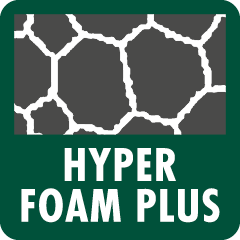
Hyper Foam Plus is an ultra-soft and even thicker foam than Hyper Foam. This ensures an even better grip in both dry and wet weather conditions. Its absorbency has been considerably improved, which ensures optimum impact reduction and even better ball control. An additional advantage of Hyper Foam Plus is the improved, longer lifespan.
Hyper Foam
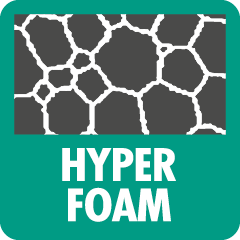
Hyper Foam ensures optimal grip in both dry and wet weather conditions, thanks to the foam’s absorbent properties. Hyper Foam guarantees optimal comfort and increases ball control thanks to its excellent impact reduction.
Aqua Foam
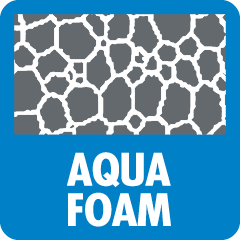
Aqua Foam offers optimal grip in wet conditions. The soft and more open foam structure takes up water, which – in comparison to other types of foam – provides a 25% better grip. Additionally the Aqua Foam gloves contain an extra shock-absorbing function to reduce the impact of hard shots. The changing needs of professional keepers require that the characteristics and quality of the foam continually develop.
Super Soft Profi Foam
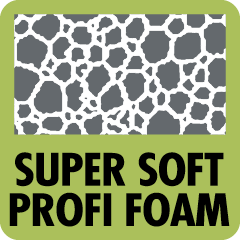
Super Soft Profi Foam has excellent properties for grip in both dry and wet conditions, and it also offers excellent cushioning. The use of the latest materials ensures durability and optimal comfort.
Soft Foam
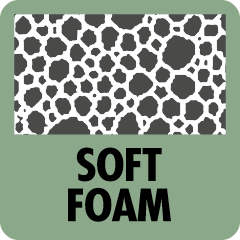
Soft Foam provides a reliable grip and excellent cushioning. Soft Foam ensures maximum ball control and optimal comfort.
Foam properties
Which type of foam is most suitable for which moment is determined by weather conditions, the surface and personal preference.
Grip during dry weather conditions
The adhesive properties of the foam are decisive for an optimal grip and the best performance. The weather is a big influence on the properties and performances of the foam material. Playing during dry weather requires specific foam components for optimal results.
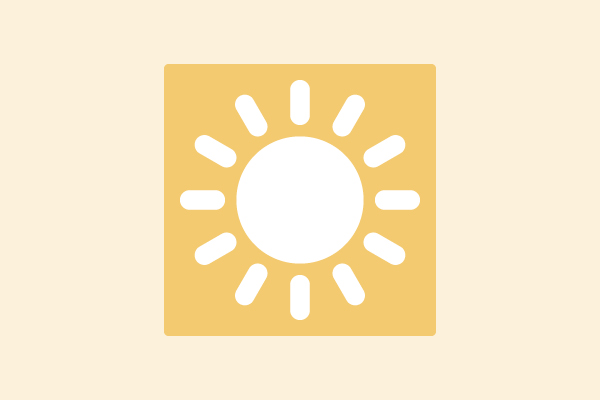
Grip during wet weather conditions
Moisture, rain and wet conditions affect the grip and require additional components for a better grip. A softer and more open foam structure absorbs the water and is very suitable for wet weather conditions.
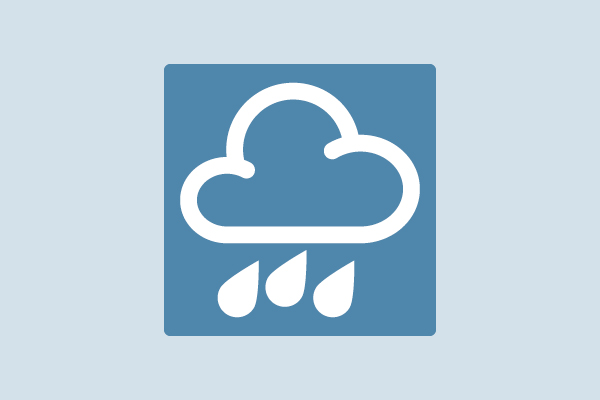
Cushioning
As well as grip, cushioning is an important factor in determining the most suitable goalkeeper gloves. The softer and thicker the foam, the better the impact of the ball can be absorbed. Also the thickness of the basic material of the gloves determines the amount of cushioning.
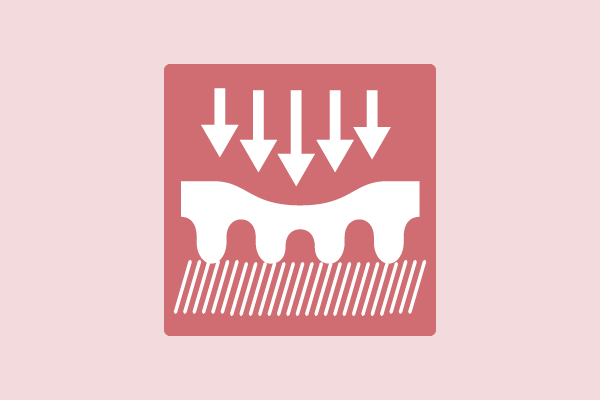
Abrasion resistance
Foam is a very soft material that needs special treatment. Regular ball contact leads to wear and tear of the foam. The degree of wear is determined by the surface structure and the density of the foam material. A more course and closed foam structure will lead to less wear.
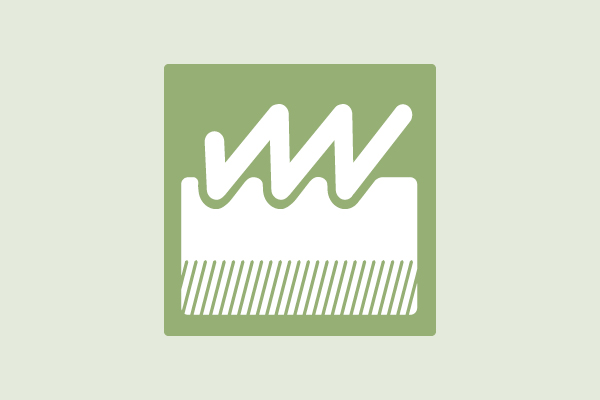
Foam rating

Possible additions for gloves
Besides the way the gloves are sewn, certain additions determine a goalkeeper's choice of glove type. Stanno has three additions to certain gloves: Finger protection, Rubber Patch, and the OnePiece Fit Design.
Finger protection

Sturdy, flexible strips at the tops of the fingers offer good protection against injuries during ball contact. The flexibility of the strips guarantees flexibility is safeguarded when throwing out, punching and catching the ball.
Rubber Patch

Gloves for artificial grass and other hard surfaces come with a rubber patch on the inside of the hand. The patch is located on that part of the glove that comes into contact with the surface most often. It improves the wear resistance of the gloves.
OnePiece Fit Design

The supple, lightweight material of the wrist strap runs over the upper hand and provides an even better connection around the skin. The OPF design also results in an extra light glove.